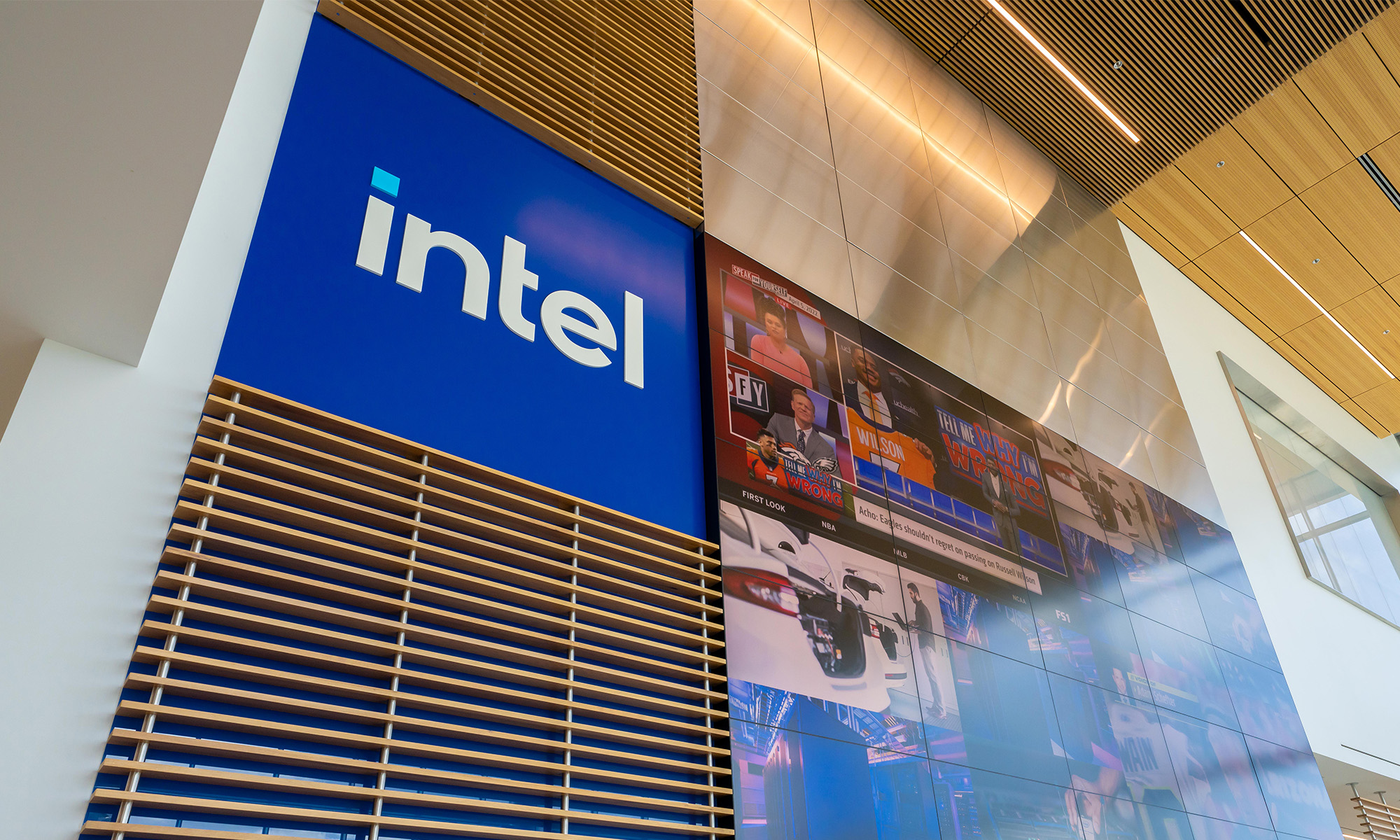Bill Maurer, writing for Seeking Alpha, observed on Thursday that Intel (INTC +0.21%) needs to deal with its over-reliance on the PC market, the risks of which were just highlighted in the company's earnings warning. He argued that Intel must make more meaningful progress in tablets and phones.
I fully agree that it would be wonderful to see Intel get its act together in mobile, but even if management delivers on its seemingly promising 2016 mobile product road map, it will take time for the company to reap material revenue from the business.
Perhaps it might be time for Intel to buy some revenue. Here are two companies that could be interesting acquisition targets for Intel from both strategic and revenue growth perspectives.
Broadening its reach with Broadcom
First up is Broadcom (NASDAQ: BRCM). Broadcom's main businesses are its connectivity and broadband group and its networking and infrastructure group. It brought in $8.43 billion in revenue last year and has a current market capitalization of $26.47 billion.
Intel and Broadcom are direct competitors in a number of businesses. Both build connectivity chips, processors and switches for networking applications, and silicon aimed at the connected home.
However, Broadcom is far more successful in many of these areas. For example, Broadcom's networking switches are well ahead of Intel's, its connectivity combo chips are found in just about every high-end smartphone on the planet, and Broadcom is widely viewed as the leader in set-top box-oriented silicon
Instead of trying to build competitive products organically and battling the highly competent Broadcom team, Intel might be better off buying the company. That would be more costly up front, but Intel would get a strong technology base, customer relationships, and pre-existing (and profitable) revenue streams.
Envisioning a future with NVIDIA
Another acquisition that might make sense for Intel is NVIDIA (NVDA +0.66%), which currently commands a market capitalization of $12.49 billion. NVIDIA generated $3.839 billion in stand-alone graphics processor revenue, as well as $579 million in Tegra processor revenue. As an Intel investor, I'd be interested in what the stand-alone graphics business could bring to the company.
That business would immediately add nearly $4 billion in relatively high-margin revenue. Furthermore, the companies could port NVIDIA's big graphics processors to Intel's manufacturing technology. This would give NVIDIA's graphics chips (under the Intel banner) a significant competitive edge, and it would allow Intel to fill up factory capacity with high-margin, high-revenue chips.
Intel could eventually take NVIDIA's graphics intellectual property and integrate it into its PC and future mobile processors, potentially enhancing the value proposition of its PC products.
Obviously it's not that simple
Although it might seem "easy" for Intel to buy these companies and grow its revenue base, integrating a newly acquired business can be difficult. In some cases, acquisitions that seem like great ideas on the surface turn out very poorly.
Neither company would be particularly easy for Intel to just buy, either. Assuming it would take at least a 33% premium to their respective trading prices as of writing, Broadcom would run Intel $35 billion and NVIDIA would cost $16.6 billion.
If Intel is going to drop that kind of cash, it needs to be reasonably certain that the risk-to-reward is very favorable. More data would be needed to determine whether acquiring either company would be worth the cost from a risk-to-reward perspective.







